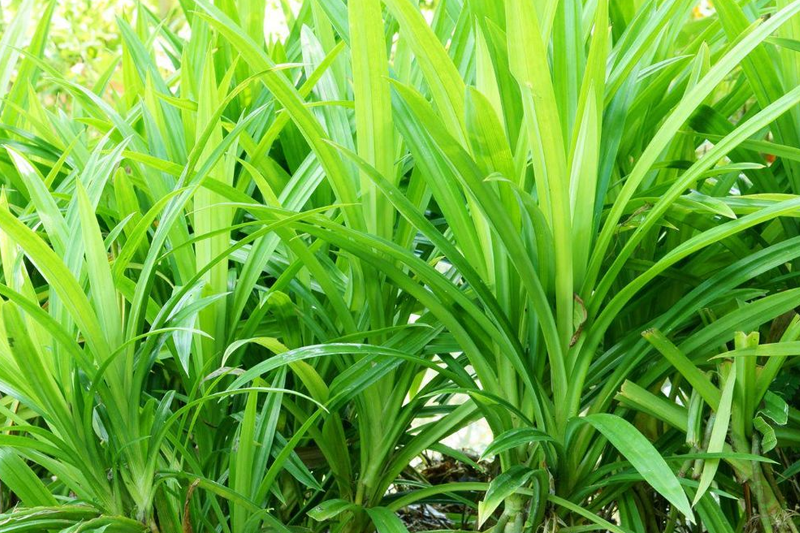
Suji Leaves

The Emerald Hue of Balinese Desserts
Beyond the vibrant green rice paddies and tropical foliage, a hidden gem thrives in our garden: the suji leaf. Scientifically known as Dracaena angustifolia, this plant is a staple of Balinese and Indonesian cuisine, prized not for its flavor but for its stunning, deep green color. While the famous pandan leaf provides a fragrant aroma, the suji leaf is the artist's palette, delivering the vibrant, natural hue seen in countless traditional sweets.
At our resort, we cultivate suji leaves in our organic garden, a testament to our farm-to-table ethos. The process of extracting the color is simple yet essential to Balinese culinary tradition: the leaves are crushed and squeezed to produce a potent green liquid. This natural dye is used to give its characteristic color to popular desserts like klepon—small glutinous rice balls filled with palm sugar—and the delicate skin of dadar gulung pancakes.
Beyond its culinary role, the suji leaf is also known for its health benefits. It contains compounds with anti-inflammatory properties and has been traditionally used to help with respiratory issues and to act as a natural antioxidant. Discovering these simple yet profound elements of Balinese culture is part of the experience here at Sanggraloka Ubud. You are invited to explore our gardens and see firsthand the connection between nature and tradition.
Created by: dharmika on 23 Aug 2025


